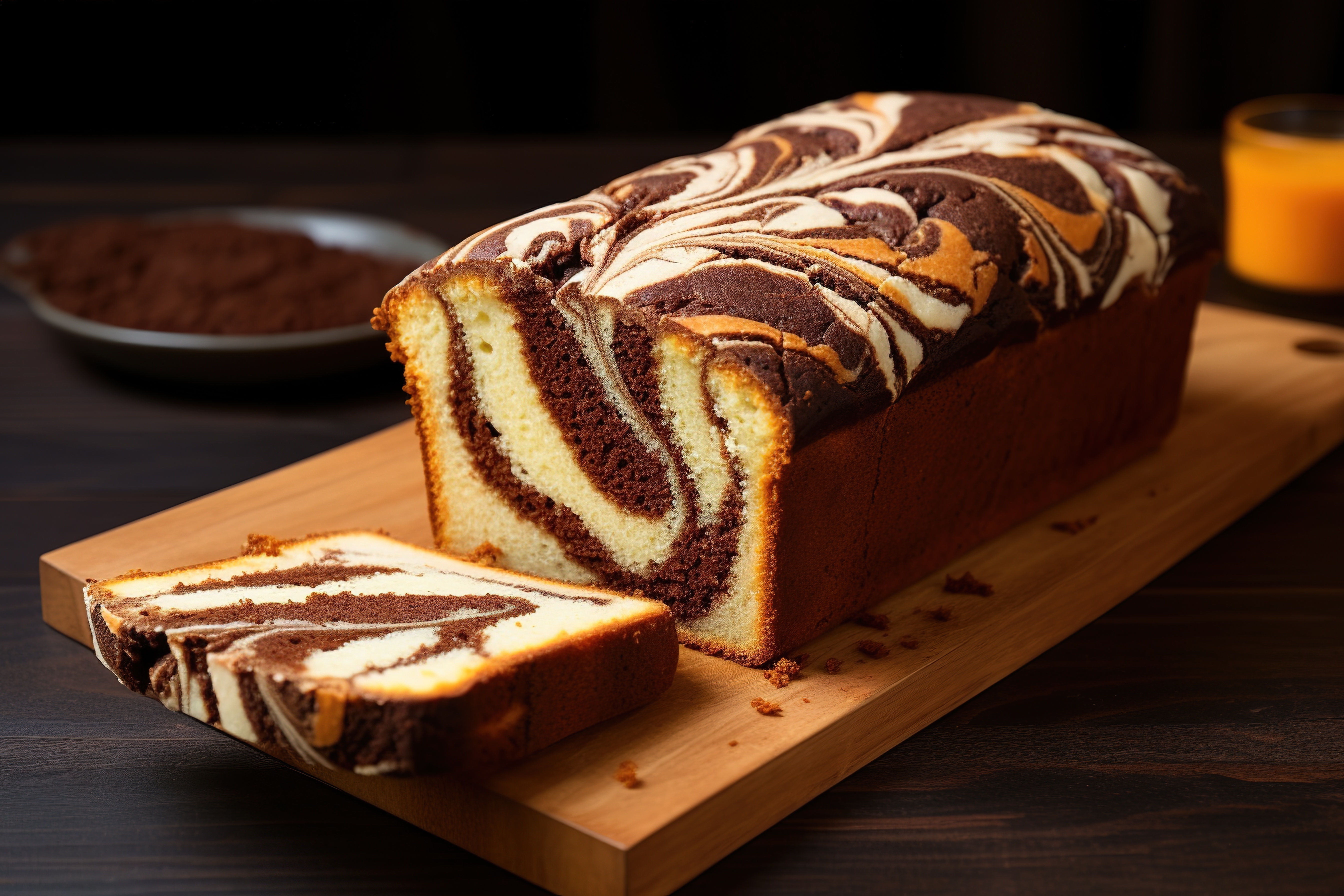Historical and Structural Contexts of the Policy Process
Week 3-1
POSC 315: Introduction to Public Policy
Institutions
Rules (i.e., agreements, laws, regulations, norms, etc.) structure individuals and organizations’ interactions and transactions.
Institutions are the organizations that enforce the rules.
Institution Examples
| Rules | Institutions |
|---|---|
| Constitution | Supreme Court |
| Laws | Congress |
| Regulations | Executive Branch |
| Norms | Civil Society |
Institutions
- Family
- Religion
- Schools
- Media
- Corporations
- Hospitals
- Capitalism
- Democracy
- Marriage
- Voting
- etc.
The Constitution and Policymaking
- It’s a living document.
- It’s purposefully vague:
- Open to interpretation
- Allows the government to grow and respond to needs
- It lasts because of its elasticity.
The Constitution and Separation of Powers
- Separation of Powers: The division of government responsibilities into distinct branches to limit any one branch from exercising the core functions of another
- Checks and Balances: The ability of each branch of government to exercise checks, or controls, over the other branches
Branches of Government
| Branch | Responsibilities |
|---|---|
| Legislative Branch: Congress |
|
| Executive Branch: President |
|
| Judicial Branch: Supreme Court |
|
The Constitution and Policymaking
Policy Making Powers
Policy Making Powers
Article 1, Section 8: Enumerated Powers- Taxation
- Borrowing
- Commerce
- Currency
- Bankruptcy
- Defense
- Naturalization
- Weights and Measures
- Intellectual Property
- Necessary and Proper Clause
- Commerce Clause
Policy Making Powers
Amendment 14: Guiding Principle for Policy Making
- Equal Protection Clause
- Due Process Clause
- Privileges and Immunities Clause
- Citizenship Clause
Policy Making Powers
Amendment 10: Reserved Powers
- Structure of the Federal System
- States’ Rights
- Police Powers
- Concurrent Powers
- Supremacy Clause
Policy Restraint
The system is slow to change because of the institutional structure.
- Federalism
- Separation of Powers
- Checks and Balances
- Bicameralism
- Judicial Review
- Amendment Process
Incrementalism
-
Policy is made in small steps—incrementally.
- this is the norm for non-controversial issues and non-crisis situations
-
Adjustments at the margins of existing policies
- Minor changes to existing policies
- Extending existing policies to new groups
- Modifying existing policies to new circumstances
Federalism
- Federalism: The division of power between a central government and regional governments
- The distribution of power and authority on a geographical basis.
Federalism
- A system of checks and balances between the national and state governments
- The founders believed that federalism would protect liberty
- Factions: groups of citizens who have a common interest in some proposal that would either violate the rights of other citizens or would harm the nation as a whole
To the founders, federalism
- prevents any one faction from dominating the government
- allows states to experiment with different policies
- keeps government closer to the people
- increases political participation
- produces more effective government
- provides more access points to government
- increases policy innovation
Eras of Federalism (from the Book)
- Divided Power (1789-1865)
- State Activism (1865-1933)
- National Activism (1933-1961)
- National Standards (1961-1981)
- Devolution (1981-Present)
Eras of Federalism (from the Literature)
- Dual Federalism (1789-1932)
- Cooperative Federalism (1933-1960s)
- Creative Federalism (1960s-1990s)
- New Federalism (1990s-2010s)
- Fragmented Federalism (2010s-present)
Dual Federalism

- Layer Cake Federalism
- Clear division of authority
- National government is supreme in its sphere
- Little overlap between the two spheres
- National government is limited to enumerated powers
- Overall: State-centered federalism
Cooperative Federalism

- Marble Cake Federalism
- National and state governments share powers
- Federal powers expand to deal with aftermath of the Great Depression
- Cooperation between national and state governments
- Overall: National-centered federalism
Creative Federalism

- Picket Fence Federalism
- Great Society programs
- National government sets policy goals
- States implement policy
- Creative use of grants-in-aid
- Overall: National-centered federalism
New Federalism

- Pineapple Upside-Down Cake Federalism
- Competitive Federalism
- Devolution Revolution
- National government returns power to the states
- Block grants
- Overall: State-centered federalism
Fragmented Federalism
- Cupcake Federalism
- Federalism is a mess
- Federal government is pursuing state-specific policies
- States are pursuing policies with little federal direction
- Federalism is fractured: dimensions of all previous models
- Overall: ???-centered federalism